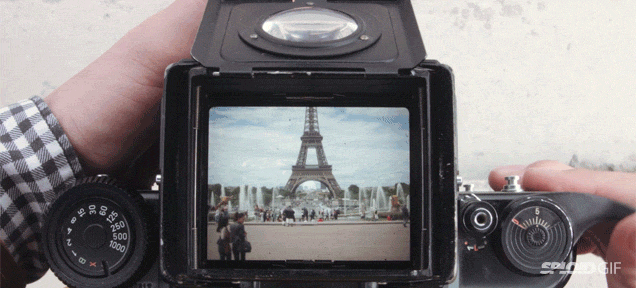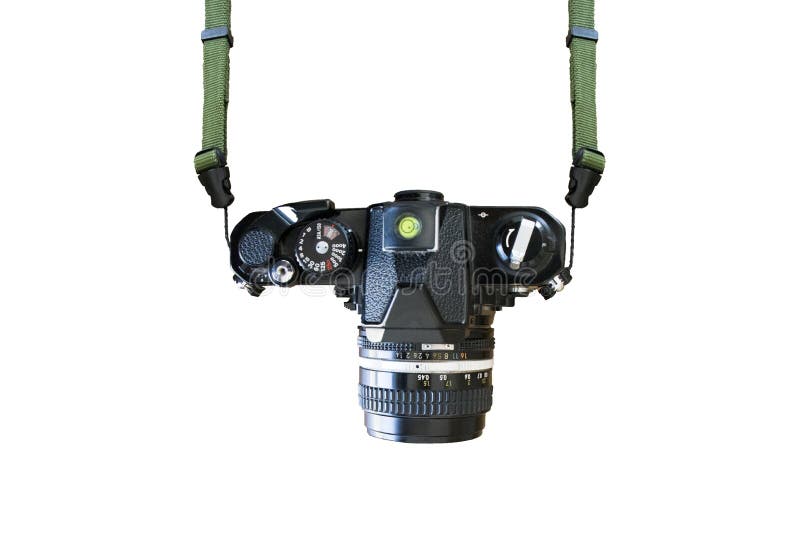

Shutter-priority: the photographer selects a shutter speed and then the camera’s meter selects and automatically sets the aperture needed for correct exposure.When the needle settles on a central spot, then the correct exposure has been attained. Match-needle: an inbuilt meter controls the position of a needle in the viewfinder as shutter speeds are adjusted against apertures.Fully manual: shutter speeds and apertures are set manually without any metering to help.When choosing a camera to use, consider the five basic types of exposure control found on 35mm SLRs and decide which is best for the type of pictures you most enjoy shooting. Exceptions to these include shutter speeds sometimes set on a ring around the lens and focusing occasionally controlled by a knob on the body, but such features are the exception rather than the rule. On the majority of cameras, shutter speeds are set on a dial on the top plate, apertures on a scale around the lens barrel and focusing is carried out by turning a large ring around the lens. It will nearly always be a split-image type. The most useful addition to any SLR viewfinder is a rangefinder, which is found on most SLRs from the 1960s onwards. Later, more sophisticated cameras are more likely to show exposure information around the periphery. On the simplest early SLRs, the viewfinder might be completely plain. So, prior to exposure, the view you see through the viewfinder is precisely that seen by the lens, without any of the parallax problems encountered in a non-reflex camera. After exposure, the mirror usually returns automatically, although with older cameras that might now happen until the film is wound. At the moment of exposure, the mirror moves away to allow the lens’s light to reach the film. It is comprised of a mirror behind the lens that reflects the image, sometimes via other mirrors, but more commonly using a pentaprism, into the viewfinder.

Beware of ex-professional cameras that might have had more use than normal.Ī 35mm SLR is probably the easiest of all retro cameras to use, primarily because of its focusing system.Top German names from before the Second World War, and into the 1950s, include Zeiss Ikon, Ihagee, Exakta, and Voigtländer.The top makes are Canon, Minolta, Nikon, Olympus, and Pentax, but consider also Ricoh, Konica, Fujica, and Topcon. A few light scratches on the front element won’t affect the picture quality too much. Look through the lens and avoid cloudy elements, signs of fungus or heavy scratches.

Run through the shutter speeds to make sure that the camera isn’t stuck on one speed.If the camera has a meter, check that it works.
CAMERA RETRO TOP VIEW FINDER MANUAL


 0 kommentar(er)
0 kommentar(er)
